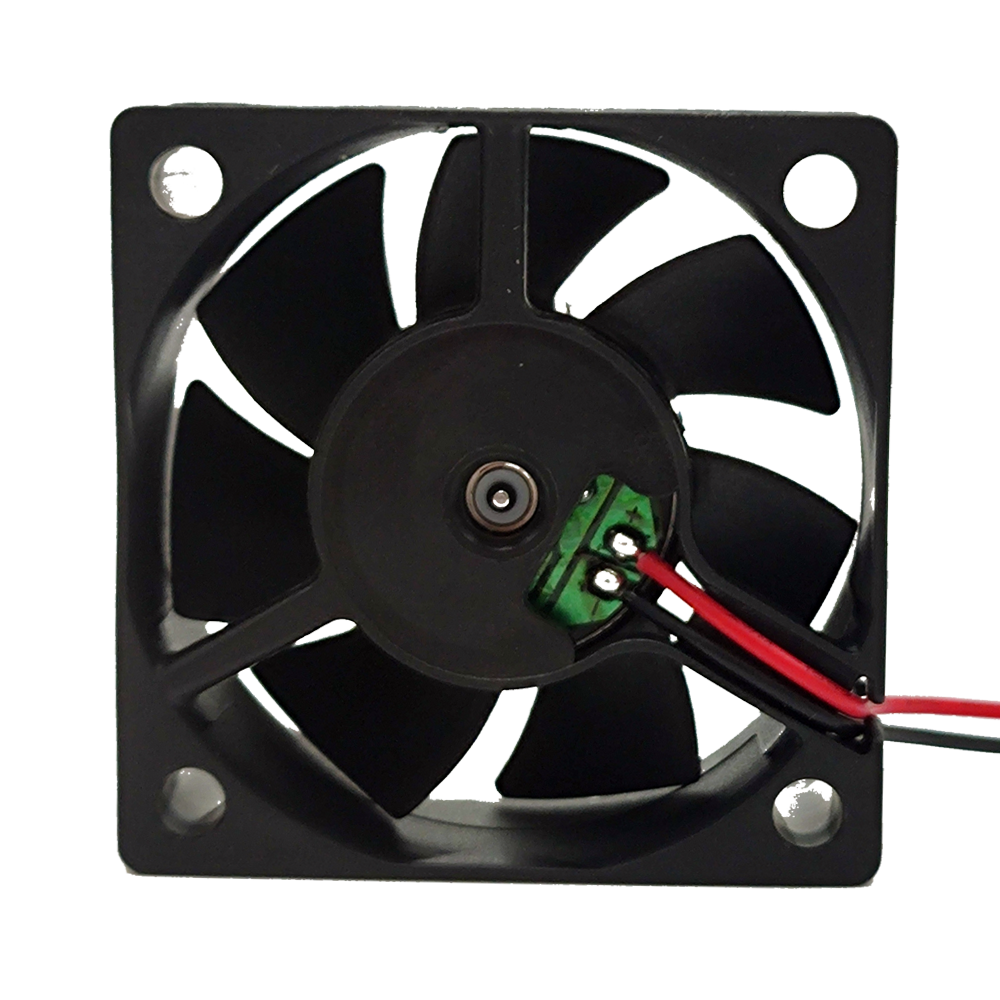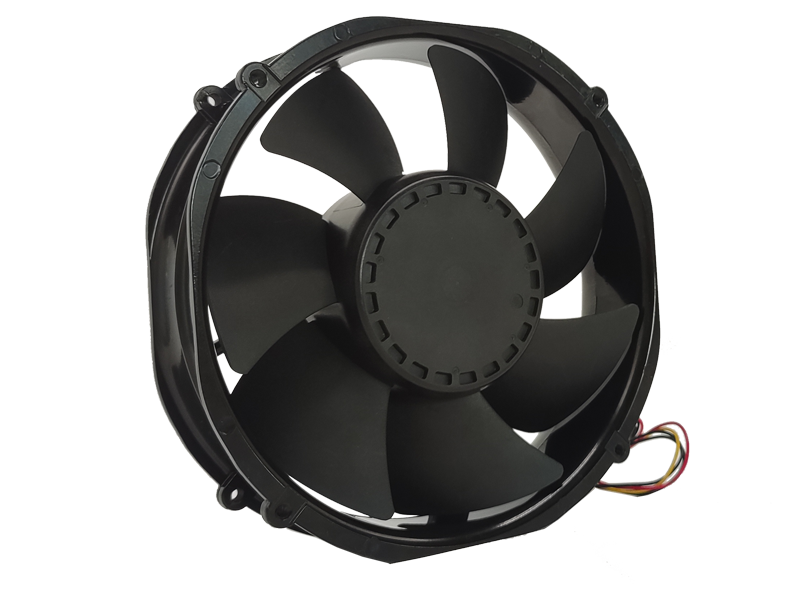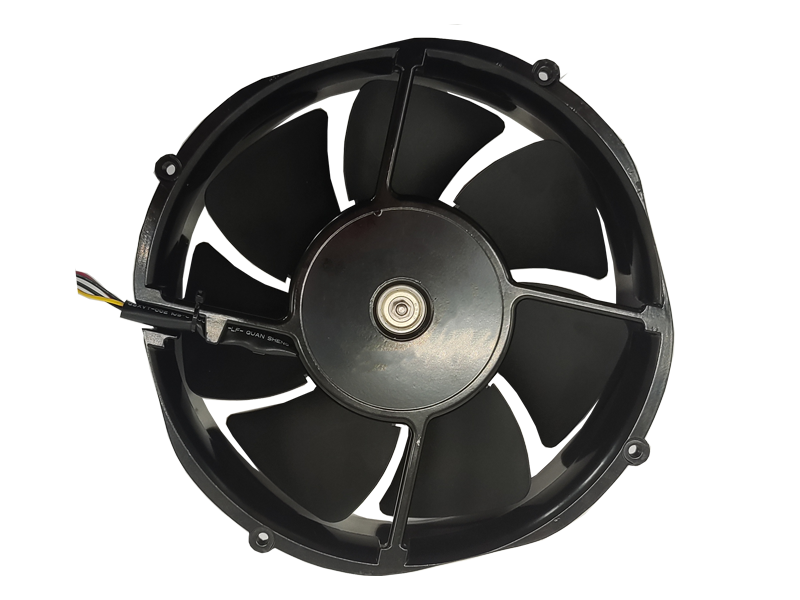Industrial fans play a pivotal role in maintaining airflow, cooling systems, and ensuring optimal air quality in various industrial settings. These fans are more than just simple machines; they are complex products designed to meet specific operational demands across diverse industries. This article explores the key features, market dynamics, and innovative trends in the industrial fan sector, highlighting their importance from a product perspective.
I. Understanding the Product: Features and Functionality
1. Essential Functions
Industrial fans serve multiple critical functions, including:
Ventilation: Effective ventilation is vital in preventing the buildup of harmful pollutants and maintaining a safe working environment. Industrial fans facilitate the circulation of fresh air, essential for employee health and safety.
Cooling: Many industrial processes generate heat. Fans help dissipate this heat, ensuring equipment operates efficiently and reducing the risk of overheating. In manufacturing, proper cooling can enhance product quality and prevent damage.
Dust and Fume Control: In sectors such as construction and manufacturing, airborne particles can pose significant health risks. Fans are instrumental in controlling dust and fumes, improving air quality, and adhering to safety regulations.
2. Types of Industrial Fans
Different applications require different types of fans. Understanding the variety available is essential for selecting the right product:
Axial Fans: These fans move air parallel to their axis and are best for high airflow at low pressure. They are commonly used in general ventilation applications, such as warehouses and factories.
Centrifugal Fans: Designed to move air at right angles to the fan’s axis, centrifugal fans generate higher pressure and are suitable for applications requiring strong airflow against resistance, such as exhaust systems.
3. Key Performance Metrics
When evaluating industrial fans, several performance metrics are critical:
Airflow Rate: Measured in cubic feet per minute (CFM), this metric indicates how much air the fan can move, essential for understanding its capacity to ventilate or cool spaces.
Static Pressure: This measures the fan’s ability to overcome resistance in the system, crucial for applications with ducts or filters that require a specific airflow against added resistance.
Energy Efficiency: With rising energy costs and environmental concerns, efficiency is paramount. High-efficiency motors and variable frequency drives (VFDs) can significantly reduce energy consumption.
II. Innovations and Trends Shaping the Industrial Fan Market
1. Technological Advancements
The industrial fan market is evolving rapidly, driven by technological advancements:
IoT Integration: The Internet of Things (IoT) allows fans to be equipped with sensors that provide real-time data on performance metrics such as airflow and temperature. This connectivity enables predictive maintenance and optimization of fan operation, ensuring efficiency and reducing downtime.
Smart Controls: Modern fans can be integrated with advanced control systems that adjust fan speed and operation based on environmental conditions, enhancing energy savings.
2. Sustainability and Eco-Friendly Designs
Sustainability is becoming a key focus for manufacturers and consumers alike:
Energy-Efficient Designs: There is a growing demand for fans that comply with strict energy efficiency standards. These fans not only reduce operational costs but also meet regulatory requirements, making them attractive to environmentally conscious companies.
Use of Recyclable Materials: Manufacturers are increasingly looking to incorporate sustainable materials into fan construction, reducing the overall environmental footprint of their products.
3. Customization and Flexibility
As industries evolve, the demand for customized solutions is increasing:
Tailored Products: Manufacturers now offer customizable fans to meet specific application needs, allowing customers to select features such as size, power, and noise levels.
Modular Designs: Modular fan systems allow for easy upgrades and modifications, enabling businesses to adapt their systems as operational requirements change.
III. Market Dynamics and Challenges
1. Competitive Landscape
The industrial fan market is highly competitive, with numerous players vying for market share. To succeed, manufacturers must focus on innovation, reliability, and customer service:
Differentiation: Companies that invest in research and development to create unique features, such as enhanced energy efficiency or smart technology integration, can gain a competitive advantage.
Brand Loyalty: Building a reputation for quality and reliability fosters brand loyalty, which is crucial in a market where many options exist.
2. Regulatory Compliance
Navigating the regulatory landscape can be challenging for manufacturers:
Energy Efficiency Standards: Compliance with standards set by regulatory bodies, such as the Department of Energy (DOE) or Environmental Protection Agency (EPA), is essential for market access. Non-compliance can lead to penalties and reduced market share.
Health and Safety Regulations: Fans must meet specific safety standards to ensure they do not pose hazards in the workplace. Understanding and adhering to these regulations is critical for manufacturers targeting sectors like construction and manufacturing.
IV. The Future of Industrial Fans

1. Emerging Trends
The future of industrial fans is promising, with several trends expected to shape the market:
AI and Machine Learning: The integration of artificial intelligence and machine learning can further enhance the operational capabilities of industrial fans. Predictive analytics can optimize performance and maintenance schedules, reducing costs and improving reliability.
Advanced Materials: Ongoing research into lightweight, durable materials will continue to drive innovation in fan design, leading to products that are both efficient and long-lasting.
2. Expanding Markets
The industrial fan market is poised for growth:
Infrastructure Development: As emerging economies continue to industrialize, there will be increased demand for effective ventilation and cooling solutions.
Focus on Indoor Air Quality: With growing awareness of health and safety, industries will increasingly prioritize indoor air quality, driving demand for advanced industrial fan systems that improve air circulation and filtration.
Conclusion
Industrial fans are crucial for maintaining efficiency and safety in various industrial applications. As manufacturers navigate market dynamics and embrace technological advancements, the focus on energy efficiency, customization, and sustainability will continue to shape the future of industrial fans. By understanding the product features and market trends, companies can position themselves for success in this evolving landscape.
Recommended Products

The main purpose:Car charging station

The main purpose:Car charging station

The main purpose:Electronic refrigerators, water dispensers, direct drinking machines, inverter power supplies
Address:No. 4137, Longgang Avenue (Henggang Section), Henggang Community, Henggang Street, Longgang District, Shenzhen
hotline:13530005572(Chen)15112579390(Li)


Welcome all friends to come for consultation and negotiation.
Copyright 2024 @ Shenzhen Youneng Xinyuan Electronics Co., Ltd.,(industrial fans,industrial blowers,axial fans,cooling fans manufacturer,centrifugal fans,ac cooling fans,dc cooling fans)